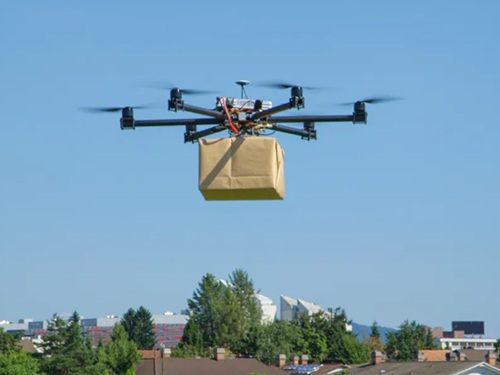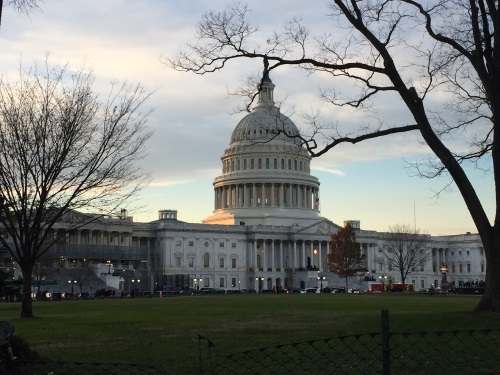The U.S. Department of Transportation has released a list of 39 programs across its five operating administrations that comply with the Justice40 Initiative, which aims to deliver 40 percent of the overall benefits of climate, clean energy, and related investments to “disadvantaged communities that are marginalized, overburdened, and underserved.”
[Above photo by the USDOT]
Established by an executive order in January 2021, the Justice40 Initiative covers several key infrastructure sectors: clean energy and energy efficiency, clean transit, affordable and sustainable housing, training and workforce development, remediation and reduction of legacy pollution, and the development of critical clean water and wastewater infrastructure.

USDOT – which has listed each program within its five operating administrations on its website – noted in a statement that it plans to map out “program by program and mode by mode” how to distribute funding in line with the Justice40 principles to serve disadvantaged communities.
“There is a very important element of equity here that’s in the spirit of Justice40,” explained USDOT Secretary Pete Buttigieg during a White House press briefing in November 2021.
“What’s interesting is it’s going to vary by community and we have to listen to the community,” he said. “Sometimes it really is the case that an overpass went in a certain way that is so harmful that it’s got to come down or maybe be put underground. Other times, maybe it’s not that way. Maybe the really important thing is to connect across it; to add rather than subtract. And that’s where we don’t want to impose a one-size-fits-all answer from here.”
State departments of transportation are already involved in infrastructure projects that are putting Justice40 principles into play.

For example, the New York State Department of Transportation launched the formal public engagement process in June for the “transformative” Kensington Expressway project in Buffalo.
Constructed during the 1950s and 1960s, the Kensington Expressway replaced what had been a tree-lined boulevard – the Humboldt Parkway, designed by Frederick Law Olmsted – with a below-grade highway that severed the connection between the surrounding neighborhoods. The original boulevard connected Humboldt Park (now Martin Luther King, Jr. Park) with Delaware Park.
NYSDOT noted that its $32.8 billion five-year capital plan adopted as part of the state’s fiscal year 2023 budget includes up to $1 billion for reconnecting the east-west neighborhoods across the depressed section of the Kensington Expressway corridor.
That funding also aims to help re-establish the green space originally provided by Humboldt Parkway without compromising the long-term capacity of the important regional transportation link provided by the expressway, which carries 80,000 vehicles per day.

The Ohio Department of Transportation is engaged in a similar effort with its Opportunity Corridor Boulevard Project in Cleveland; an undertaking specifically designed to revitalize the neighborhood between I-490 and University Circle once known as the “Forgotten Triangle” due to the lack of economic activity.
The agency said the purpose of the Opportunity Corridor project is to improve the transportation system while supporting planned economic development via the construction of a new boulevard between I-490/E. 55th Street to E. 105th in University Circle.
Jack Marchbanks, director of the Ohio DOT, said that as part of this project the agency sought to spend 20 percent of all Opportunity Corridor construction costs –$41.9 million – with new, small, and disadvantaged business.
“For too many years, these neighborhoods and those who call them home have been bypassed by opportunity,” he explained. “Now, we’re bringing opportunity right to their front door. For a lot of residents, this opportunity is a career, not just a job.”
 Top Stories
Top Stories
AASHTO Comments on Proposed Drone Rules
October 10, 2025 Top Stories
Top Stories

